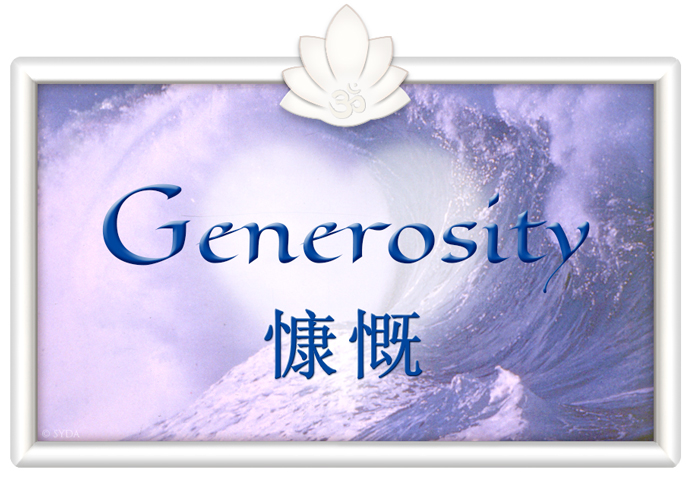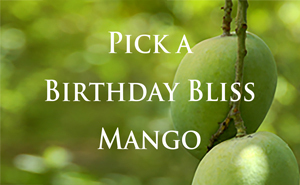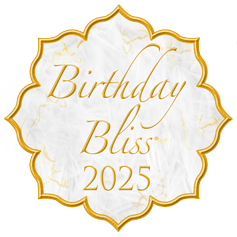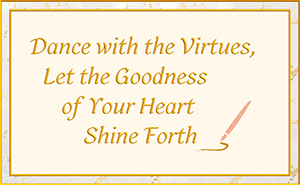



I love contemplating the virtues during the month of Birthday Bliss in this year in which we are focusing on how we use our time. I feel that I can consciously enrich my precious time with reflection on and practice of a virtue every day.
What a wonderful experience it is to be given a new gift each day! I feel as though my time is like a crystal vessel, and the virtues are the golden liquid that fills the vessel.
Konolfingen, Switzerland
Inspired by Eesha’s invitation, in her letter for June, to “come up with a novel way of practicing the virtues,” I realized that I want to study and practice the virtues by contemplating how they have manifested in my blessedly long life. I also want to explore how my experiences of them have changed over time. This has already led me to some fruitful self-inquiry and valuable discoveries about the virtues.
For example, in contemplating two dimensions of abundance—financial abundance and mothering abundance—I saw how dramatically my life circumstances had changed since my difficult childhood, and especially after I started to follow the Siddha Yoga path.
Having made this encouraging start, I am very much looking forward to making more exciting and illuminating discoveries as I continue this new approach to studying and practicing the virtues.
Illinois, United States
After reading the rich and beautiful letter for June, I have decided to take Eesha’s suggestion to heart and engage with the virtues in a new way—while following her example in reminding myself that I am already a good person. So, I’m going to write a brief prayer or affirmation for each virtue , allowing myself to be free and creative. For example, here’s my prayer for Devotion:
May we all enjoy the state of devotion daily,
Devoting ourselves to keeping
Our hearts open to ourselves,
To others,
And
To the miracle of life.
New York, United States



















